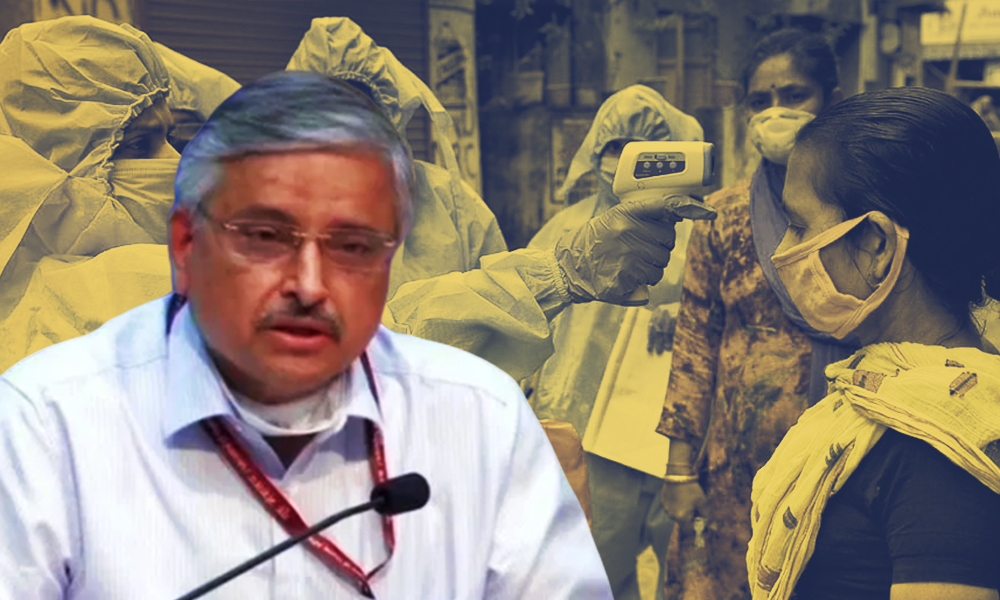COVID-19 Cases Likely To Hit Peak In June-July: AIIMS Director
Writer: Navya Singh
Navya writes and speaks about matters that often do not come out or doesn’t see daylight. Defense and economy of the country is of special interest to her and a lot of her content revolves around that.
India, 8 May 2020 10:33 AM GMT | Updated 8 May 2020 10:34 AM GMT
Editor : Prateek Gautam |
A free soul who believes that journalism, apart from politics, should stand for social cause and the environment.
"We can say for sure that once a disease hits its peak, it's bound to come down. Hopefully COVID-19 outbreak will peak in June, and then the numbers will start to come down," AIIMS Director Randeep Guleria said.
Despite a strict 40 day lockdown period, India has not seen a declining trend in the report of new coronavirus cases. The director of All India Institute Of Medical Sciences (AIIIMS), Randeep Guleria, said that the aggressive lockdown measures in other countries such as Italy and China started seeing the benefits after a month.
Dr Guleria told India Today TV, "The COVID-19 cases in India are increasing at a linear pace. Currently, the cases are continuing to grow at a flat rate, even more at times, so it's very difficult to predict when the peak will come. But a peak is expected near June or July. That is the reason why we need to be prepared for it and more vigilant to bring the number of cases down. We will need to continue the lockdown for some more time with careful deliberation, considering health, economy, and everything in mind."
He said that the number of cases in India is much less in comparison to other countries who were where we were when we started, however, it is difficult to predict how long the outbreak will continue.
"We can say for sure that once a disease hits its peak, it's bound to come down. Hopefully COVID-19 outbreak will peak in June, and then the numbers will start to come down," he added.
He explained increased testing to be one of the main reasons behind the increasing number of positive cases. If compared, the number of people tested to the number of positive results, the percentage of people testing positive is about 4-4.5%.
While the lockdown helped flatten the curve, it is a matter of concern that the curve does not show a downward trend. Dr Guleria had also emphasized, the pandemic has to be fought at community level not the hospital level, earlier when he spoke at the online Express Adda hosted by The Indian Express on 4th May.
Since the curve is not seeing a dip, an aggressive strategy for containment is needed. India needs to focus on the red zones and hotspots. The congested areas and crowded residential areas have to be worked upon especially in cases of home quarantine. 70-80% of cases are from the more populated metropolitan cities. These areas need micro level planning.
Also Read: Will Sponsor Fare Of Manipuris Stranded Across India, Except For Northeast Region: CM Biren Singh
 All section
All section















